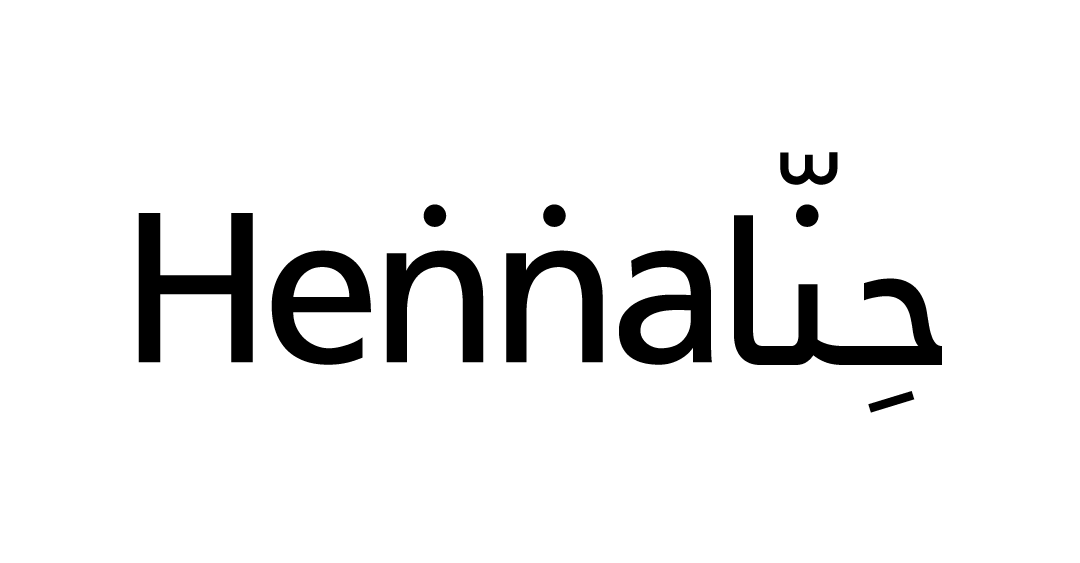Capital & Technology in the Middle East
At the crossroads of Middle Eastern history and technology studies, this collection of short essays on “Capital, Technology, and Utopia” grows out of a collaboration between Henna and the Department of Near and Middle Eastern Civilizations at the University of Toronto. The pieces featured were composed as part of a university course with the editorial assistance of Henna accompanying undergraduate and graduate students toward publishing their final papers.
In the Winter of 2023, students gathered in a seminar-style course to discuss critical texts and seek answers to the following questions: How do the workings of capital intersect with technological change and political visions? How have technological schemes become part of the fabric of political discourses, economic relations, and cultural production amidst the changing institutional landscape of the 19th and 20th-century Middle East? Could it be that current infrastructure, megaprojects, and tech ventures are grounded in a long history of technology that is peculiar to the trajectory of modern states in the region? What may we learn from past encounters? The course approached these questions through critical readings in the histories of technology, science, war, politics, and society, moving between cultural history and the study of materiality and power and using the Middle East as a starting point for the study of global currents and cultural trends.
The resulting collection embraces a multifaceted perspective that addresses the intertwinings of capital expansion, technological proliferation, and the rise of imaginaries of past, present, and future from Egypt and Israel/Palestine, to Lebanon, Iran, and East Asia. In the Middle East, as elsewhere, utopian conceptions of technological prowess are at the core of state-sponsored strategies to bolster their legitimacy through grand infrastructural “Visions.” Often designed with the primary objective of enticing venture capital regardless of sustainability, these visions project wealth and growth, thereby conveniently relocating socio-political struggles in debates over efficiency, prestige, and national or civilizational pride, materializing in competitions over the “highest” or “biggest” structures. What brings all of these short essays together is attention to the productive process set in motion by militarization, capitalization, and technology from the age of European colonialism and Ottoman imperial reform to the present.
-

Grand Infrastructural “Visions”
Adrian Zakar - Introducing “Capital, Technology & Utopia” in the Middle East
Read More » -

Muslim Surveillance in China and Japan
Zannatul S. Isaque- High tech and anti-Muslim sentiment
Read More » -

Taming the Egyptian Monster
Mosab Alnomire - The image of Egypt in the Anxious Colonial Mind.
Read More » -

The Jaffa Orange, Haunted
Hayley Birss - What fruit can teach us about resistance and memory?
Read More » -

Building the Economy of Mount Lebanon Through Bargaining
Timothy boudoumit - Identity and Economy in the Late Ottoman Era
Read More » -

The Rebellious Gaze of Abbas Kiarostami
Nora Mezo-Willingham: Navigating Non-Realities in the Films of Kiarostami
Read More »
